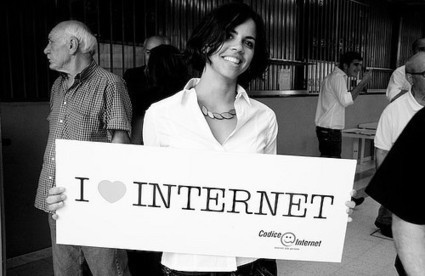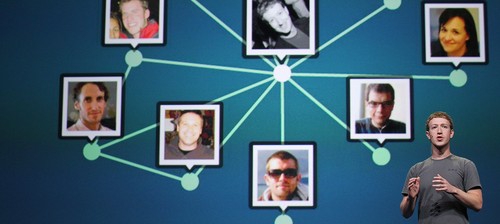Scoopiteers,
It takes four legs for a service to run well and fast:
– a tangible value proposition
– an efficient and pleasant user experience (UX)
– a responsive and competent customer support
– a reliable quality of service (QoS)
Scoop.it helps people and businesses shine on the web by sharing content that matters. We are working hard to constantly refine your user experience, and to do so, we regularly conduct performance measurement, and listen to your invaluable feedback. We encourage our support team to create a close relationship with you as we value your continued support and engagement with our team and the product. (for more details, please #AskAlly).
But despite relentless efforts, March has been a very bad month with our QoS – meaning that we failed you on our product’s performance and service. Please accept our sincere apologizes on behalf of Guillaume, myself and the entire Scoop.it team. I’d like to also share some information about what exactly happened; and, most importantly, I want to reassure you: the problems are now fixed. We are up and running with lots of spare power, and it’s full steam ahead!

Read More





























